Sustainable clothing brands are transforming organic material into gold. Materials that we once discarded as the trash are being used to create sustainable alternatives to animal and polyurethane-based leather. Fashion companies are reclaiming discarded waste to convert pineapple leaf, cork, and coffee grinds into vegan leather and polyester fibers.
These alternatives are environmentally friendly and significantly reduce the amount of pollution released into the environment, and waste deposited into landfills.
Companies that create new products from recycled materials are known as “closed loop production systems“. This process endeavors to prevent as much waste as possible from entering landfills or the environment.
Trends in a sustainable fashion are changing quickly. A few years ago, transforming recycled PET bottles into polyester fabric was the “hot new trend” in eco-friendly fashion. While a number of brands are still maximizing that option, using organic material is significantly gaining traction.
Organic materials are also superior because they do not contain petroleum-based chemicals like polyurethane, which is toxic to humans and the natural environment. Furthermore, when polyurethane-based products are placed into landfills, they release dioxins into the atmosphere. Dioxins never degrade – they simply get smaller and smaller, and are eventually absorbed into animals, plants, and the water supply.
Pineapple Leaf Vegan Leather
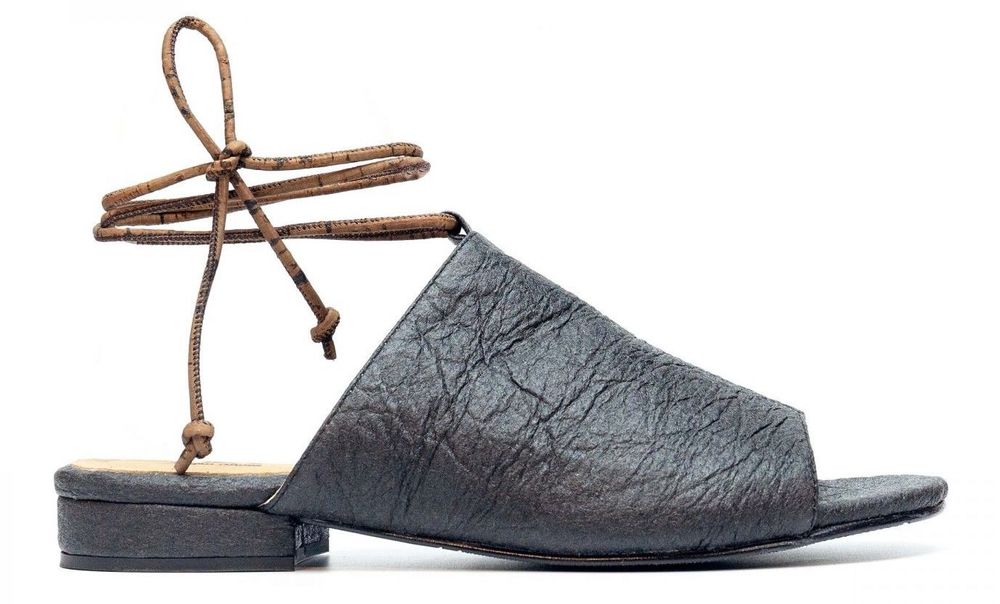
Piñatex® is a revolutionary material derived from processed pineapple leaf, used to create a final product that is very similar to animal-based leather. The resulting material is soft, supple vegan leather, and is also 100% cruelty-free and largely biodegradable.
Unlike polyurethane-based vegan leather derived from fossil-fuels, Piñatex® production does not harm the environment. Piñatex® is 100% vegan-approved by PETA.
Piñatex® is also socially responsible and gives farming communities in countries like the Philippines the opportunity to capitalize from a circular economy. In this example of sustainable farming, both the primary product, the pineapple, and the by-product, the pineapple leaf, are utilized and generate revenue.
Piñatex® is also easy to maintain. It just requires natural wax without any coloring to be applied with a soft cloth. The material is also naturally water-resistant and therefore can be worn in both rainy and dry climates.
A number of sustainable clothing brands are using Piñatex® to make vegan leather shoes, bags, and outerwear.
Cork Oak Vegan Leather
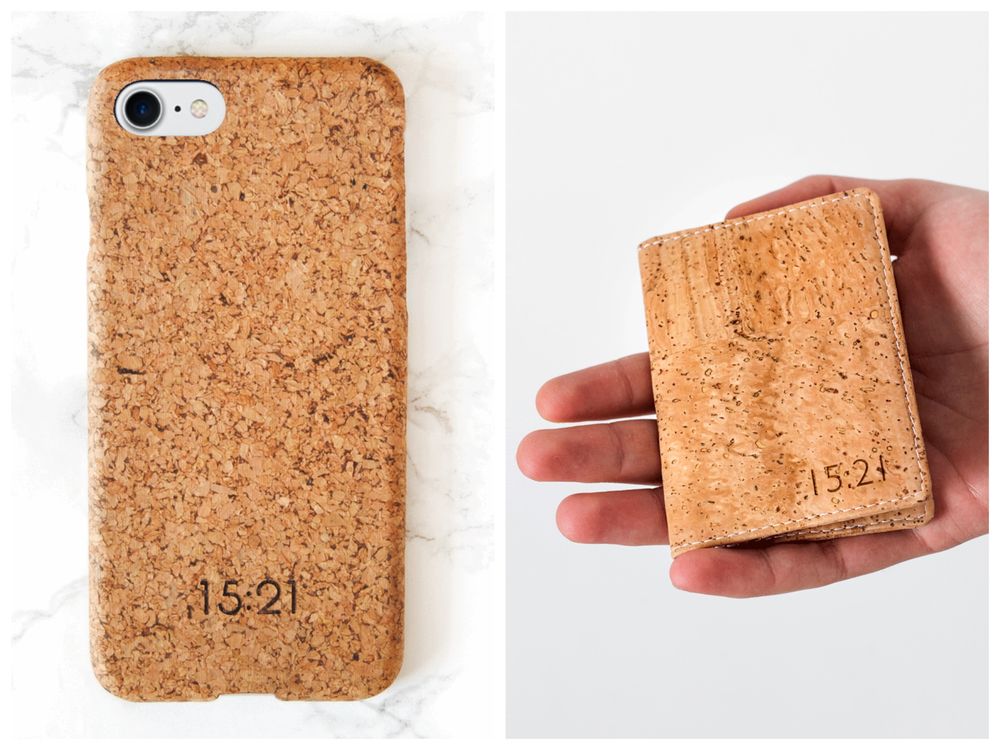
When you think of cork, visions of dilapidated bulletin boards hanging on kitchen walls may form in your mind. However, cork vegan leather is nothing like this. The material has emerged as an amazing substitute for animal-based leather because it is light-weight, durable, water-repellent, non-toxic, and soft.
Cork vegan leather is sourced from the bark of the cork oak tree. Cork oak grows abundantly around the western Mediterranean basin, India, and the Southwestern United States.
Cork processing, while a specialized process, is relatively easy and does not require chemicals or heavy machinery. This eliminates toxic substances and reduces CO2 emissions released into the environment. This is better for consumers, workers, and the earth.
During processing, cork oak is harvested and left to dry out for several months. The resulting material is then boiled and steamed to become more pliant. The final stage requires heating and pressure to compress the material into square or rectangular blocks, which are cut into thin slices of vegan cork leather.
Products made from cork leather look like high-end, premium leather, while being 100% cruelty-free. Cork leather is primarily used to make bags, backpacks, wallets, laptop, and phone cases.
Vegan fashion brands that specialize in cork leather include HFS Collective, 15:21, and the Ahimsa Collective.
Coffee Grounds Converted Into Polyester Fabric
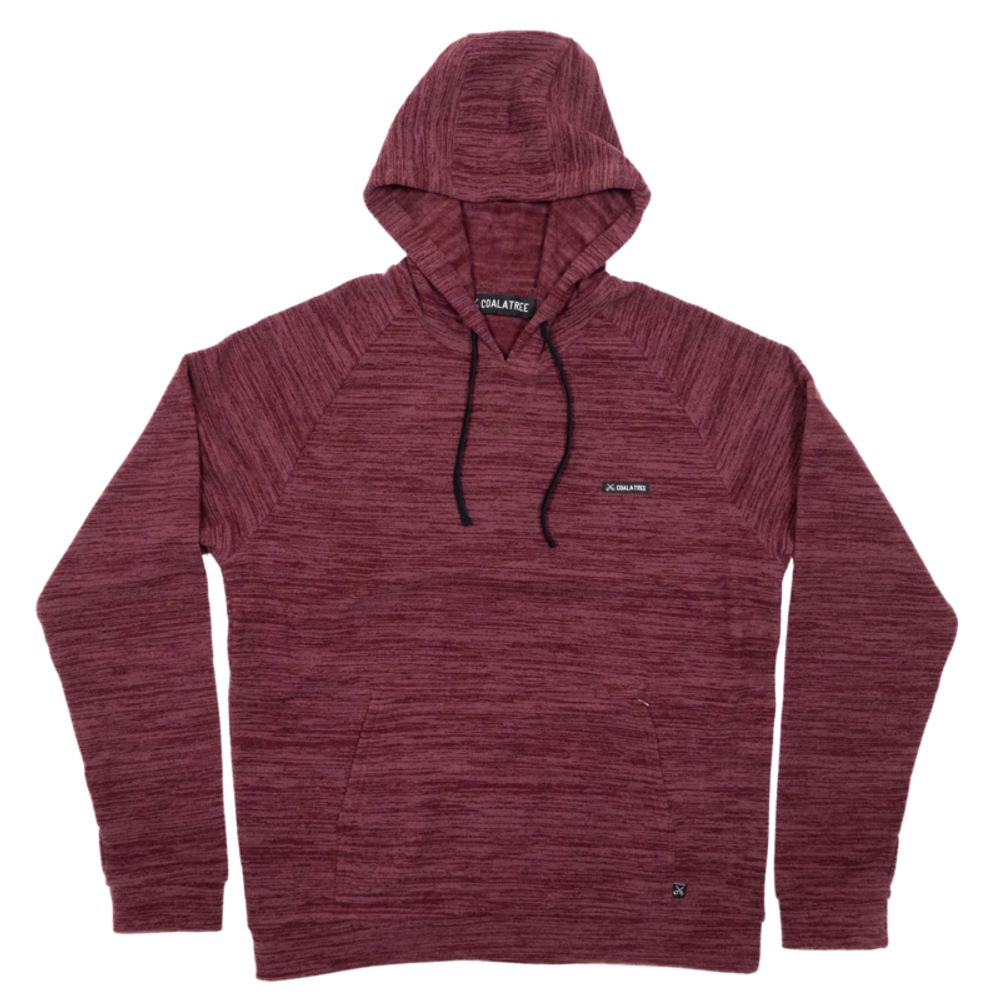
One of the newest innovations in sustainability recycles the by-product of your morning cup of coffee. Fashion companies are now collecting used coffee grinds, combining them with melted-down recycled PET plastic bottles to produce polyester yarn.
During the conversion process, the coffee grounds are sanitized and reduced to tiny particles. These particles are combined with nylon or polyester— which are also typically derived from recycled plastic.
Fabric created from coffee grounds are ideally suited for technical clothing used for sports and exercise. This is because coffee adds antimicrobial, odor, and water-resistant properties to the fabric, thereby eliminating the need for synthetic chemicals. The resulting fabric resembles fleece and is flexible and soft.
Final Thoughts
What was formerly thought of as trash can now be used to create new products that are more sustainable, environmentally friendly, and cruelty-free. The challenges we face as a society, from labor injustice to environmental pollution to the harming of animals, can be alleviated through innovative solutions that enable shoppers to reduce their impact.

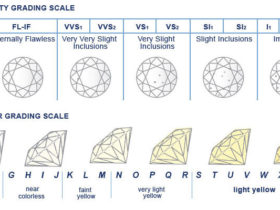


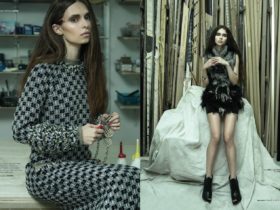
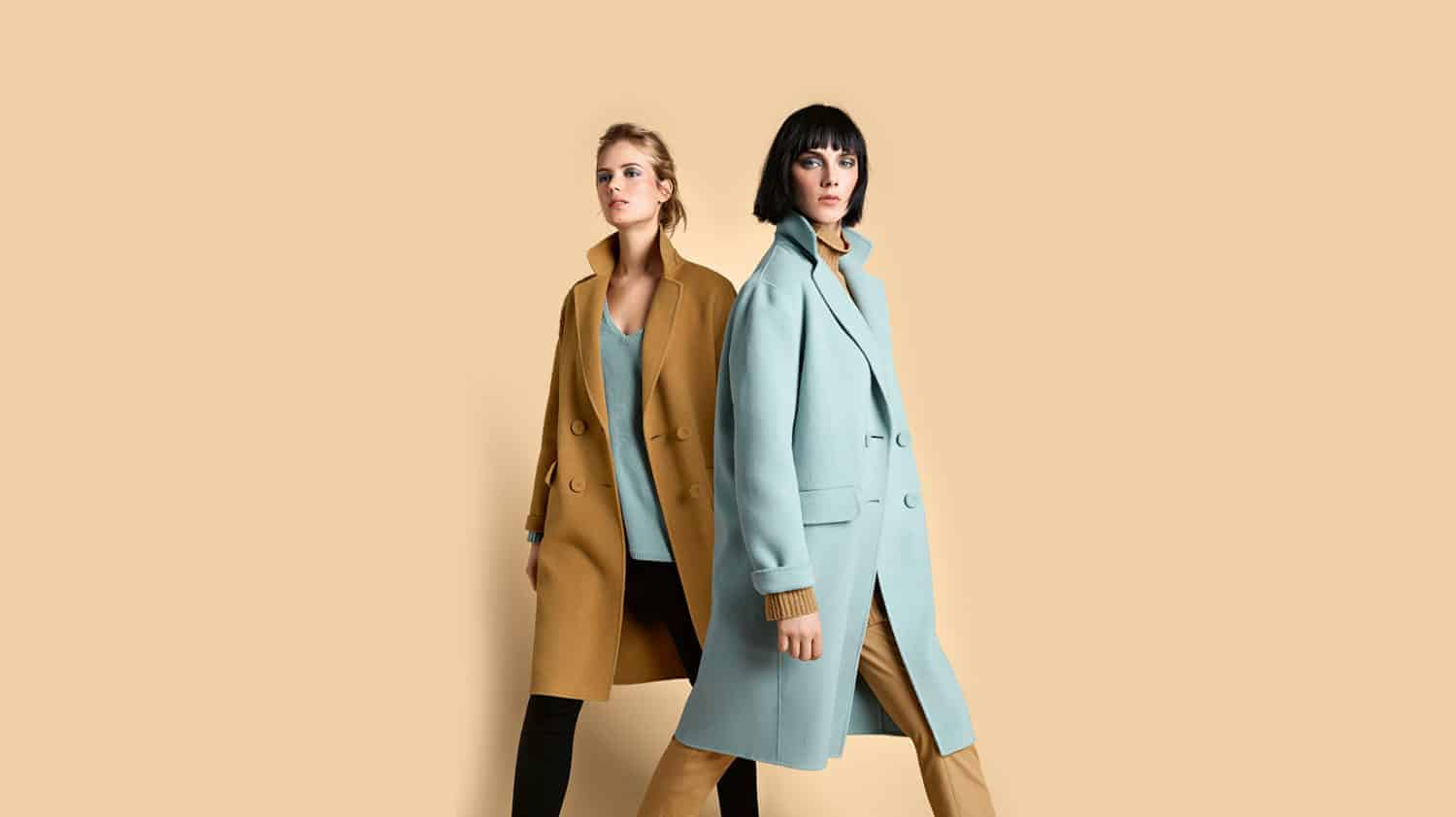


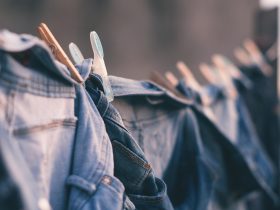
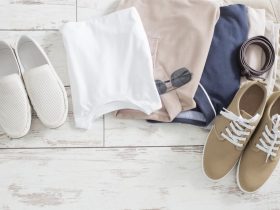


Leave a Reply